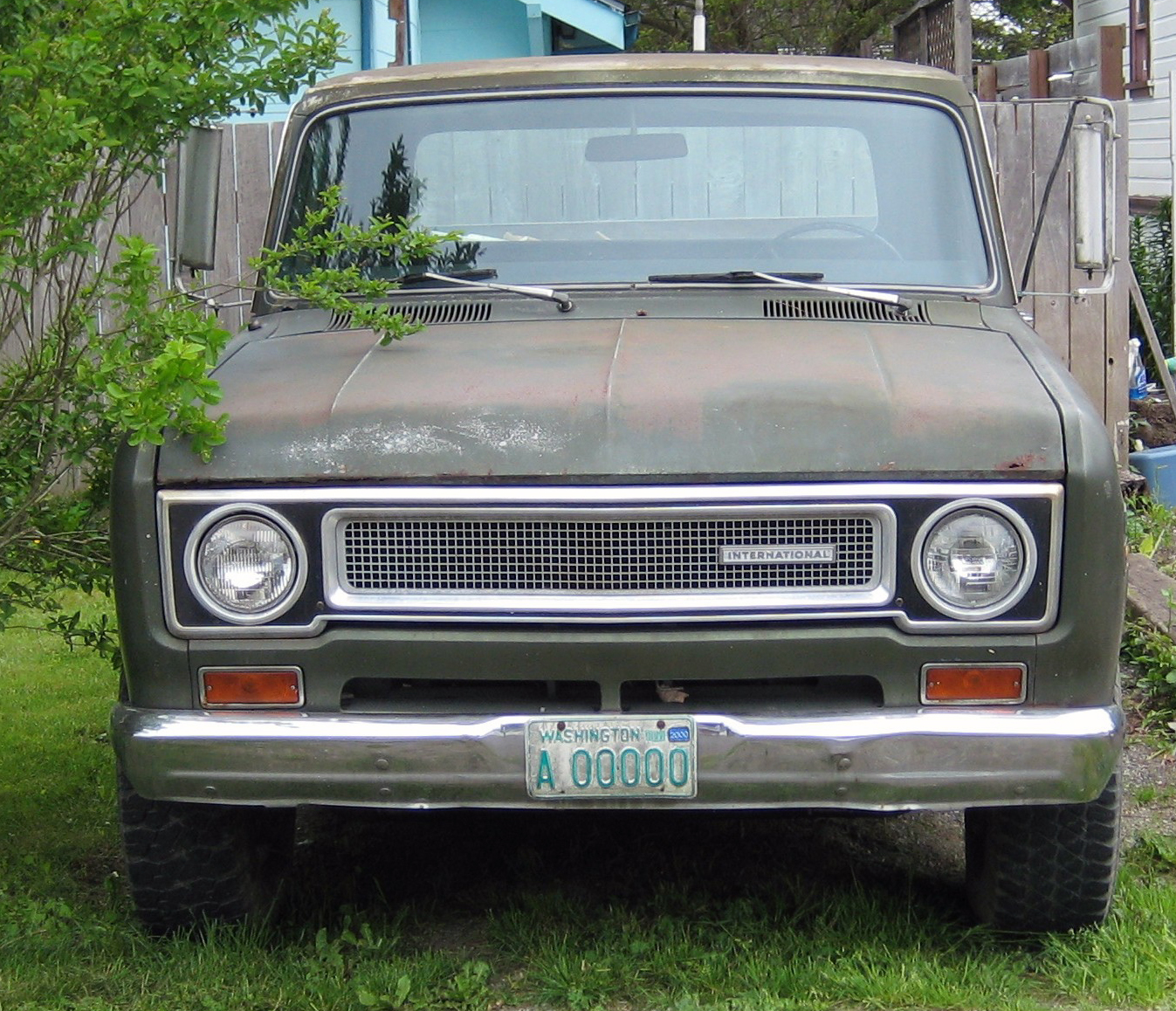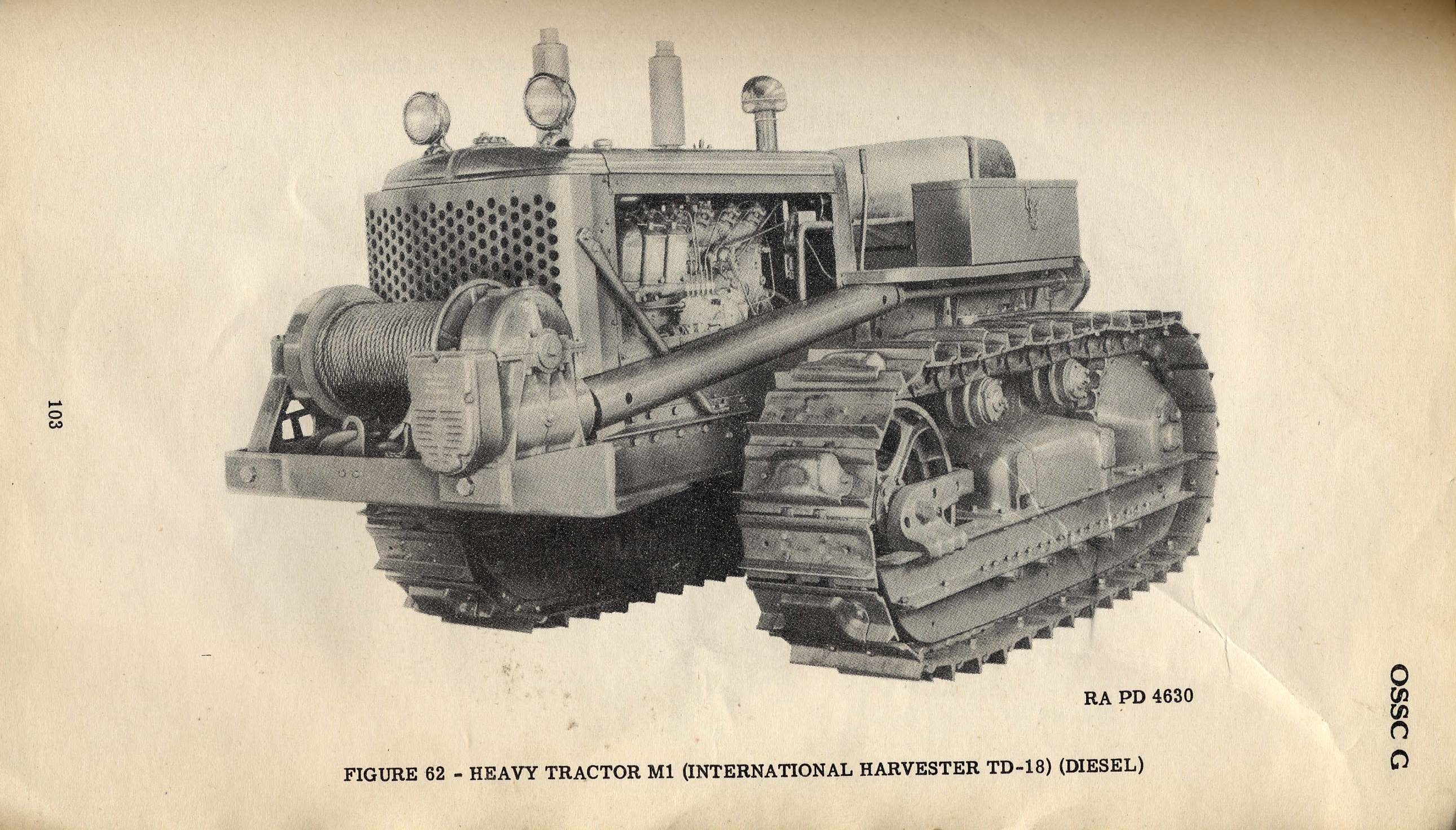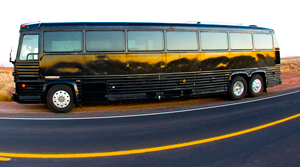|
International S Series
The International S series is a range of trucks that was manufactured by International Harvester (later Navistar International International Motors, LLC (formerly Navistar International Corporation) is an American manufacturer of commercial vehicles and engines, established in 1986 as a successor to the International Harvester company. International Motors produces ...) from 1977 to 2001. Introduced to consolidate the medium-duty IHC Loadstar and heavy-duty IHC Fleetstar into a single product range, the S series was slotted below the Transtar and Paystar Class 8 conventionals. The IHC S series was produced in a number of variants for a wide variety of applications, including straight trucks, semitractors, vocational trucks, and severe-service trucks. Additionally, the S series was produced in other body configurations, including a four-door crew cab, cutaway cab, cowled chassis, and a stripped chassis (primarily for school buses). The chassis was produced with both ... [...More Info...] [...Related Items...] OR: [Wikipedia] [Google] [Baidu] |
International Harvester
The International Harvester Company (often abbreviated IH or International) was an American manufacturer of agricultural and construction equipment, automobiles, commercial trucks, lawn and garden products, household equipment, and more. It was formed from the 1902 merger of McCormick reaper, McCormick Harvesting Machine Company and Deering Harvester Company and three smaller manufacturers: Milwaukee; Plano; and Warder, Bushnell, and Glessner (manufacturers of the Champion brand). Its brands included McCormick, Deering, and later McCormick-Deering, as well as International. Along with the Farmall and Cub Cadet tractors, International was also known for the International Scout, Scout and Travelall vehicle nameplates. In the 1980s all divisions were sold off except for International Trucks, which changed its parent company name to Navistar International (NYSE: NAV). Given its importance to the economies of rural communities the brand continues to have a cult following. The Inte ... [...More Info...] [...Related Items...] OR: [Wikipedia] [Google] [Baidu] |
International Harvester Light Line Pickup
The International Light Line pickups (also called the International D-Series (1000–1500)) replaced the International C series, C series as International's Light Line range of pickup trucks in early 1969, for a shortened model year. The name started out as a simple continuation of the previous A-, B-, and C-series trucks. It was largely a rebodied version of its predecessors, with a square-rigged look very similar to the period International Scout, Scout utility vehicle. The International Travelall, Travelall underwent parallel changes to the Light Line trucks. The light line of trucks was marked by a larger range of transmission and wheelbase options than any of its competitors, and in general the lineup aimed to maximize adaptability. The Light Line was also available as a bare chassis, for special purpose applications.#Lamm271, Lamm (1971)p. 188 Production ended in late April 1975, as a hard-pressed International chose to focus on the Scout and on heavier machinery. 1000D-S ... [...More Info...] [...Related Items...] OR: [Wikipedia] [Google] [Baidu] |
List Of International Harvester Vehicles
This is a list of the various vehicles and machines produced by the International Harvester company. Cars, SUVs, vans, and pickup trucks Cars *International Harvester Auto-Buggy, Auto Buggy / Auto Wagon 1907–1916 Sport-utility vehicles Scout *International Scout#Scout 80, Scout 80 (1960–1965) **80 Camper/Motorhome (only 1 known to have been produced) **Red Carpet Series **Champagne Series *International Scout#Scout 800, Scout 800 (1965–1968) **800 Sportop **Champagne Series *International Scout#Scout 800A, Scout 800A (1969–1971) **800A Aristocrat package **800A SR-2 package **800A Sno-Star package *International Scout#Scout 800B, Scout 800B (1971) **800B Comanche package *Scout 810 (1971) *International Scout#Scout II, Scout II (1971–1980) **International Scout#"Spirit of 76" and the "Patriot" special editions, Spirit of '76 edition (1976) **International Scout#"Spirit of 76" and the "Patriot" special editions, Patriot special edition (1976) **International Scout#Th ... [...More Info...] [...Related Items...] OR: [Wikipedia] [Google] [Baidu] |
Detroit Diesel Series 92
The Detroit Diesel Series 92 is a two-stroke cycle, V-block diesel engine, produced with versions ranging from six to 16 cylinders. Among these, the most popular were the 6V92 and 8V92, which were V6 and V8 configurations of the same engine respectively. The series was introduced in 1974 as a rebored version of its then-popular sister series, the Series 71. Both the Series 71 and Series 92 engines were popularly used in on-highway vehicle applications. History The Series 92 engines were introduced in 1974. Compared to the Series 71 engines they were derived from, the Series 92 featured a larger bore of and an identical stroke of for a nominal displacement per cylinder of , from which the Series 92 derives its name. While the basic mechanics of the 92 series indicated superior performance and durability, early prototypes were challenged by breakdowns resulting from the torque inherent in the design. Carl Kamradt, the senior engineer in Detroit Diesel Allison's E5, or Experiment ... [...More Info...] [...Related Items...] OR: [Wikipedia] [Google] [Baidu] |
Detroit Diesel Series 71
The Detroit Diesel Series 71 is a two-stroke diesel engine series, available in both inline and V configurations, manufactured by Detroit Diesel. The number 71 refers to the nominal displacement per cylinder in cubic inches, a rounding off of . Inline models included one, two, three, four and six cylinders, and the V-types six, eight, 12, 16, and 24 cylinders. The two largest V units used multiple cylinder heads per bank to keep the head size and weight to manageable proportions, the V-16 using four heads from the four-cylinder inline model, and the V-24 using four heads from the inline six-cylinder model. This feature also assisted in reducing the overall cost of these large engines by maintaining parts commonality with the smaller models. History The inline six-cylinder 71 series engine was introduced as the initial flagship product of the Detroit Diesel Engine Division of General Motors in 1938. This engine was in high demand during WWII, necessitating a dramatic incr ... [...More Info...] [...Related Items...] OR: [Wikipedia] [Google] [Baidu] |
Cummins M Series Engine
The Cummins M-series engine is a straight-six diesel engine designed and produced by Cummins. It displaces . Introduced as the M11 in 1994, it was built on the previous L10 engine (same cylinder bore, but a longer piston stroke compared to the L10's stroke). Later M11's received the electronic CELECT and CELECT Plus fuel systems consisting of a gear pump and solenoid controlled injectors. The M11 CELECT Plus became the ISM when Cummins applied its Interact System (hence the "IS" in ISM) to the M11 CELECT Plus in 1998 to further improve the engine. The ISM is available in four configurations, with slightly-different emphasis on maximum power ( vs. ) and peak torque. Applications * Large transit buses (40 feet and up).Cummins engine ratings Cummins website, 2009, accessed 2010-08-18. * |
International Harvester IDI
The International Harvester IDI (from Indirect Injection) engine is a four-stroke diesel V8 engine used in International Harvester school buses, trucks, Ford F-Series pickups, and Ford E-Series vans from the 1983 to 1994 model years. The engine was built in two displacements: , which was used in Ford trucks from 1983 until 1987, and , which was used in Ford trucks from 1988 until 1994 (naturally aspirated) and in 1993 and 1994 (turbocharged). During 1994 production, the IDI engine was replaced by the Navistar T444E engine, sharing only the displacement with the IDI. The T444E was the first engine marketed under the Ford Power Stroke name. History In 1981 Ford signed an agreement with International Harvester to produce diesel engines for their light truck line. This led directly to the production of the 6.9-liter IDI diesel. The engine is developed as a low cost, light weight diesel that fit where a V8 gas engine would, to try to convert their gas engine customers to diesel and ... [...More Info...] [...Related Items...] OR: [Wikipedia] [Google] [Baidu] |
Detroit Diesel
Detroit Diesel Corporation (DDC) is an American diesel engine manufacturer headquartered in Detroit, Michigan. It is a subsidiary of Daimler Truck North America, which is itself a wholly owned subsidiary of the multinational Daimler Truck AG. The company manufactures heavy-duty engines and chassis components for the on-highway and vocational commercial truck markets. Detroit Diesel has built more than 5 million engines since 1938, more than 1 million of which are still in operation worldwide. Detroit Diesel's product line includes engines, axles, transmissions, and a Virtual Technician service. Detroit engines, transmissions, and axles are used in several models of truck manufactured by Daimler Truck North America. Divisions Detroit Diesel consists of manufacturing operations of axles, transmissions and diesel engines for on-highway only, which is owned by Daimler Truck AG. The former off-highway division was sold to MTU Friedrichshafen in 2006 and subsequently purchased by ... [...More Info...] [...Related Items...] OR: [Wikipedia] [Google] [Baidu] |
Cummins
Cummins Inc. is an American multinational corporation, multinational corporation that designs, manufactures, and distributes engines, electric vehicle components, and power generation products. Cummins also services engines and related equipment, including Fuel injection, fuel systems, air handling systems Control system, controls, filtration, Emission control system, emission control, Electricity generation, electrical power generation systems, and Engine control unit, engine control units. Headquartered in Columbus, Indiana, Cummins sells in approximately 190 countries and territories through a network of more than 600 company-owned and independent distributors and approximately 7,200 dealers. History The Cummins Engine Company was founded in Columbus, Indiana on February 3, 1919, by mechanic Clessie Cummins and banker William Glanton Irwin. The company focused on developing the diesel engine, which was invented 20 years earlier. Despite several well-publicized endu ... [...More Info...] [...Related Items...] OR: [Wikipedia] [Google] [Baidu] |
Caterpillar Inc
Caterpillar Inc., also known as Cat, is an American construction, mining and other engineering equipment manufacturer. The company is the world's largest manufacturer of construction equipment. In 2018, Caterpillar was ranked number 73 on the ''Fortune'' 500 list and number 265 on the Global ''Fortune'' 500 list. Caterpillar stock is a component of the Dow Jones Industrial Average. Caterpillar Inc. traces its origins to the 1925 merger of the Holt Manufacturing Company and the C. L. Best Tractor Company, creating a new entity, California-based Caterpillar Tractor Company. In 1986, the company reorganized itself as a Delaware corporation under the current name, Caterpillar Inc. It announced in January 2017 that over the course of that year, it would relocate its headquarters from Peoria, Illinois, to Deerfield, Illinois, scrapping plans from 2015 of building an $800 million new headquarters complex in downtown Peoria. Its headquarters are located in Irving, Texas, since 2022 ... [...More Info...] [...Related Items...] OR: [Wikipedia] [Google] [Baidu] |
Thomas Vista
The Thomas Vista is a model line of buses that was manufactured by Thomas Built Buses from 1989 to 1998. Produced nearly exclusively as a school bus, the model line was also sold in commercial-use configurations. To improve forward sightlines for drivers, the chassis design of the Vista combines elements of conventional buses and transit-style school buses (as well as those from smaller buses). Following the 1998 acquisition of Thomas Built Buses by Freightliner, Thomas ended the production of the Vista in favor of the standard Saf-T-Liner Conventional. While the 2004 Thomas Saf-T-Liner C2 was not intended as a direct replacement, elements of its body design incorporated features previously used in the Thomas Vista. Background During the early 1980s, school-bus manufacturing in the United States underwent a period of relative turmoil, as the exit of the baby boom generation from the public education system created a sharp decline in student populations. In the late 1970s, ... [...More Info...] [...Related Items...] OR: [Wikipedia] [Google] [Baidu] |








